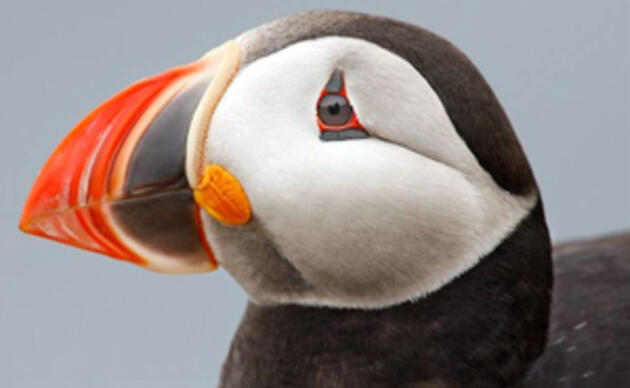Seabird Island News - Vol. 3 - 09 June 2023
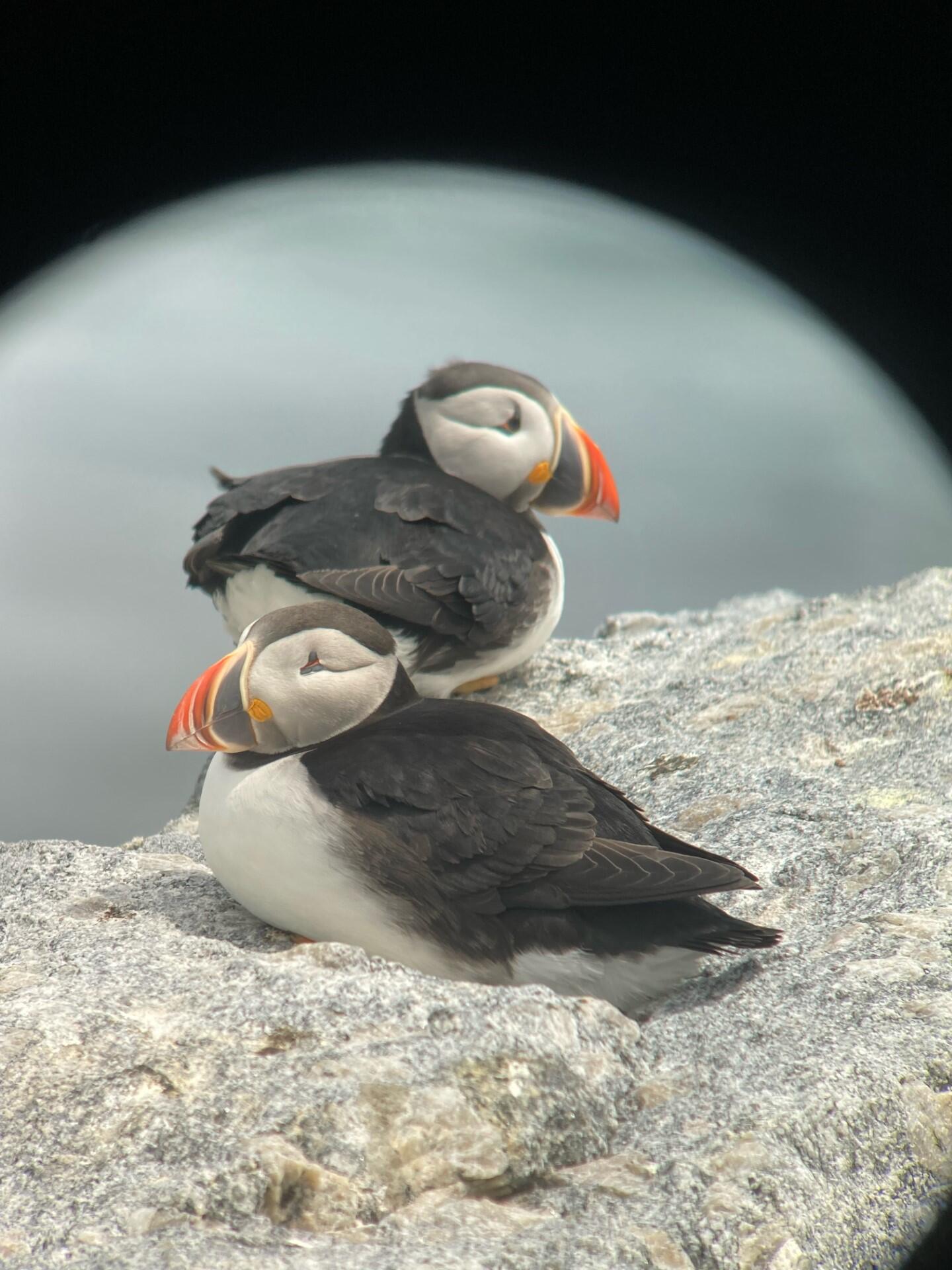
June Showers
The first week of June here in the Gulf of Maine saw ample rain, cool temperatures, and bouts of island-occluding oceanic fog. It’s been a decidedly inclement start to Chick Month, named so for the upcoming proliferation of seabird chicks on the research islands. The rain doesn’t seem to be a deterrent for our seabirds, though, who continue to lay eggs and stay on incubation duty.
Despite the wet weather and persistent winds, our island researchers are immersed in field work! They’ve donned rain gear for productivity checks and braved the northerly gales for band resighting and courtship feeding studies in the bird blinds.
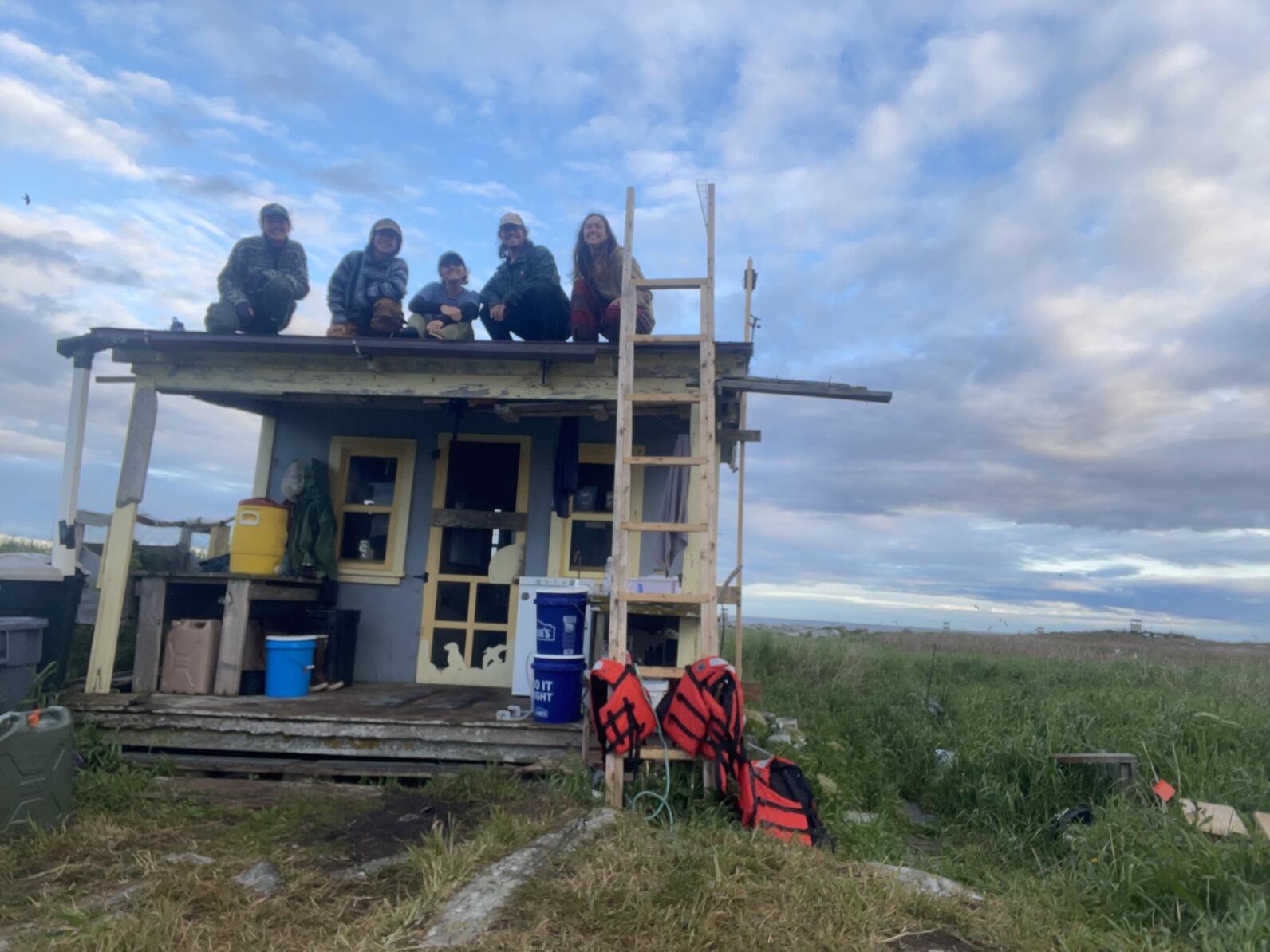
Productivity checks tell us that the tern colonies are thriving, with new eggs discovered nearly every time the researchers step foot into their colonies. On the Auk front, Seal Island reports that they continue to find new puffin burrows with eggs, and have even discovered eggs in burrows that were long thought abandoned.
Feeding studies revealed that tern diets are rich with Smelt, Sandlance, and Pollock, as well as some surprising terrestrial treats: flying ants and a beetle on Seal Island.
The tern colonies are especially susceptible to messiness during this week’s rainy weather. Eastern Egg Rock reported fully submerged nests, while Seal Island deemed their tern colony impassable in the worst of the rain. Luckily the Alcids are faring well, as they are able to seek shelter in their conveniently subterranean burrows.

"Chick Month"!
Seal Island, Matinicus Rock, and Eastern Egg Rock have all seen Common Eider chicks floating in rafts alongside the islands. These sea ducks still have several recorded nests with eggs on Seal Island, so the chick sightings will only increase—much to the delight of researchers.
Matinicus Rock reports that as of this week, 12% of their Razorbill eggs are now chicks. And Seal Island weighed and measured their first Razorbill chick as well.
Eastern Egg Rock observed a puffin with fish returning to a burrow, signaling the arrival of at least one puffling. Other seabird chicks will start appearing later this month. Soon, researchers will be on the lookout for scuttling tern chicks and listening for the peeps of pufflings in burrows. Pictures to come!
Passerine Passers-By
Spring songbird migration is still underway. Matinicus Rock wrote of a “warbler party,” reporting sightings of Yellow Warblers, a Mourning Warbler, and a Blackpoll Warbler. Seal Island was excited about American Redstarts and, late last week, a chickadee. Though adult chickadees do not migrate, juvenile birds will sometimes move in large groups, crossing vast distances. These movements are called “irruptions.”
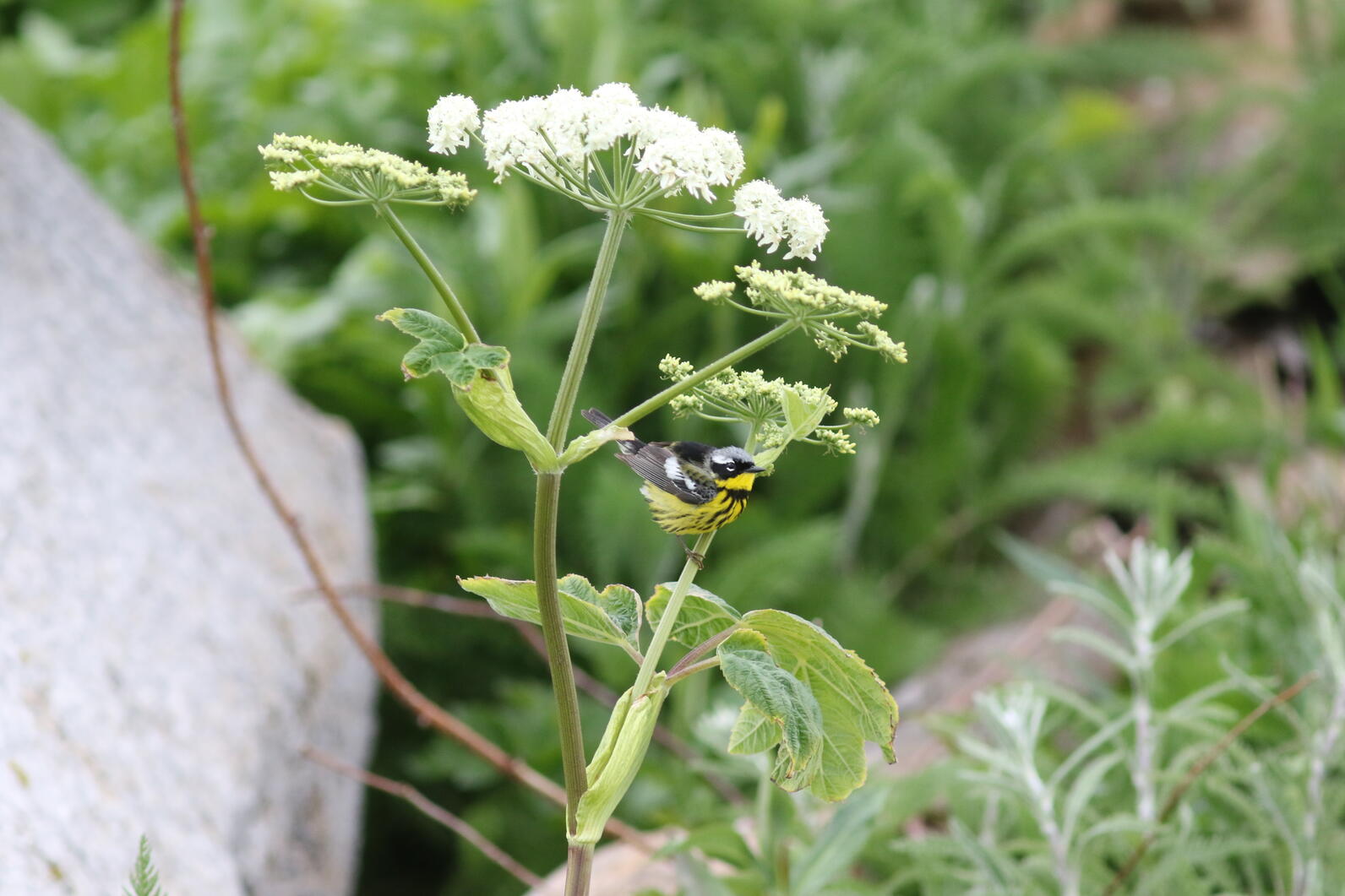
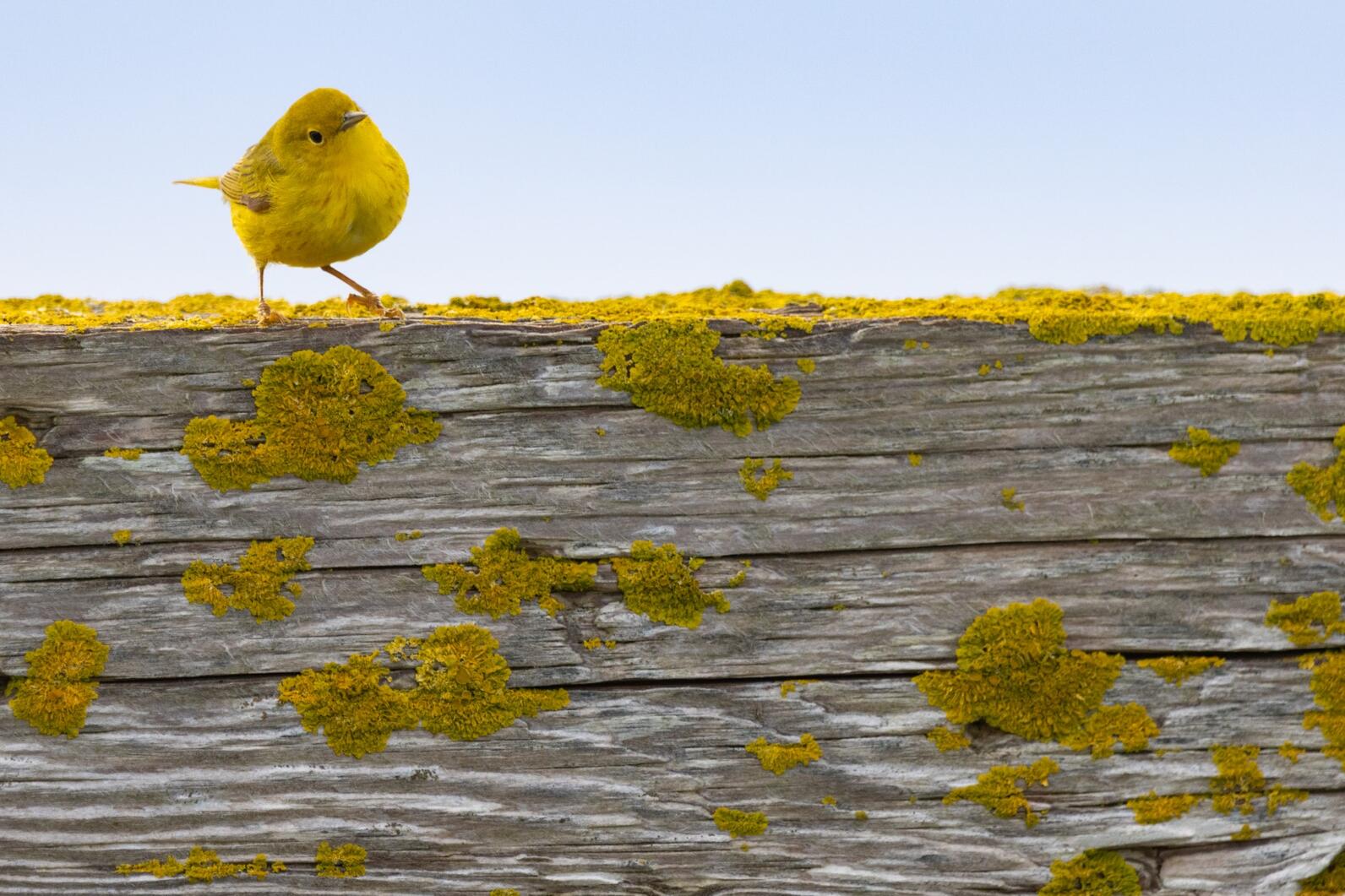
Explore.org
Last week, two members of the Seal Island Research Team joined the Seabird Institute’s Communications and Outreach Assistant, Celeste, to talk about life on a seabird research island for the summer. Watch their chat, which was recently broadcasted live from Seal Island.
The Seal Island live cams pick up more than just puffins. A Common Murre made a debut on the Boulder Berm cam, and cam viewers noted the sound of a Leach’s Storm Petrel at night. Viewers also picked up on the increasing screeching in the tern colony, which is becoming more cacophonous as the terns get closer to their eggs hatching (it is “Chick Month” after all).
Millie and Willie, the on-camera puffin pair, are still taking turns incubating their “Egglet” in the Puffin Burrow cam. Cam fans were worried when Millie took a nearly three-day hiatus from the burrow, but she returned, likely full of forage fish, to tend to the egg. Bets are on for the puffin egg hatch date, which will likely occur sometime later this month.
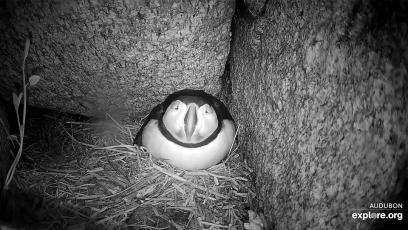
The Guillemot Burrow Cam, which went live this week, has three eggs in it! Seal Island’s supervisor commented, “In all my years, I have never seen such a sight. We are all very curious to see what will happen, all of it live on camera!”
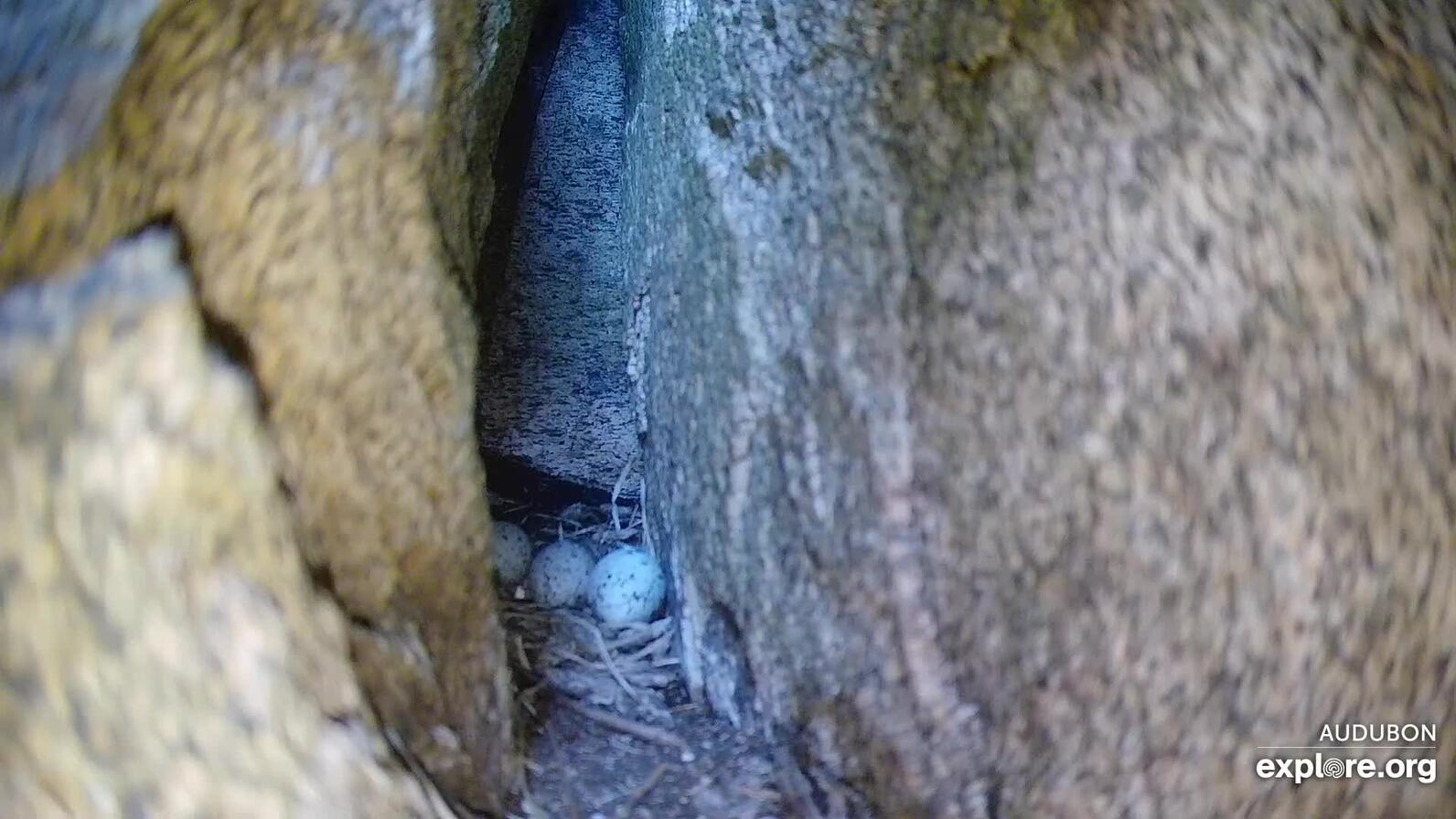
Seabird Sounds and Sights
The islands’ soundtracks for the week predominantly featured wind, though Seal Island also described a willet “screaming along,” and Matinicus Rock was lulled by the elven laughter of a Leach’s Storm Petrel. Eastern Egg Rock noted that they listened to music during a rainy day in their research cabin. And after this rainy week, it’s certain that another familiar sound is that of boots squelching around in island sod during productivity checks.
Over on Matinicus Rock, researchers added a field readable band to an adult puffin. The field readable band will allow researchers to identify this puffin in the future.
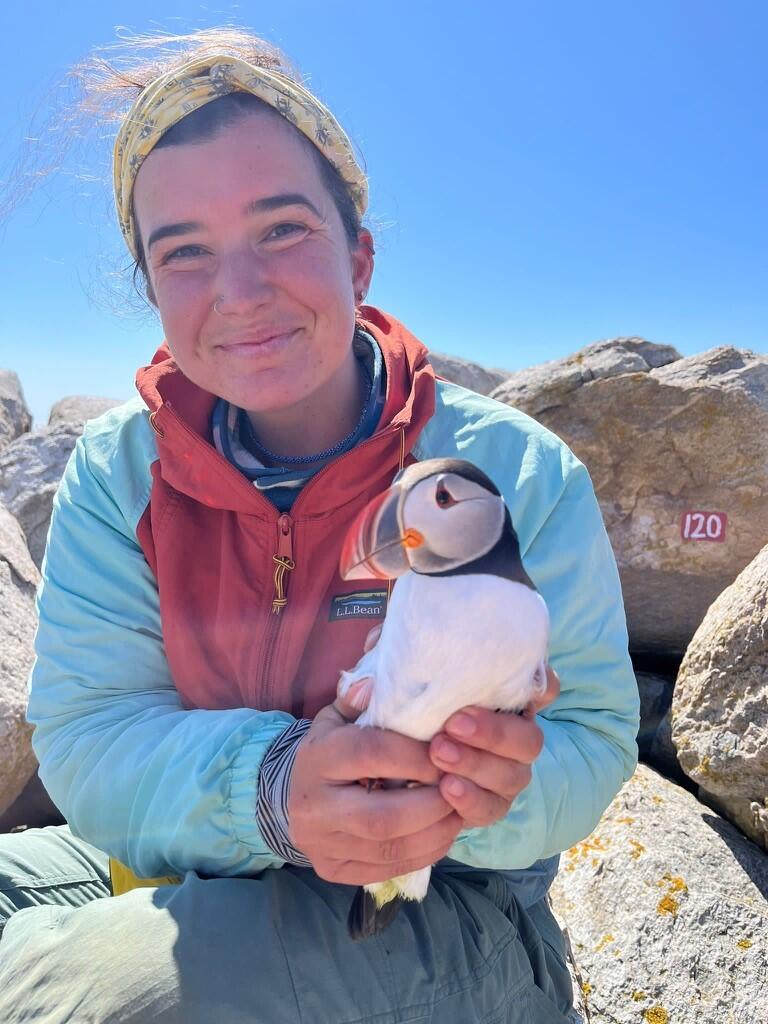
One of the more elusive sightings this week was a Tufted Puffin! Though common on the northern Pacific coast, it's rare to see a Tufted Puffin in Maine during the summer. Picked up first by explore.org cam viewers on the Puffin Loafing Ledge, the Tufted Puffin was seen by Seal Island’s researchers on an exploratory jaunt. Other islands are hoping to catch a glimpse of the bird, too, as it takes a curious tour in and around the Gulf of Maine.
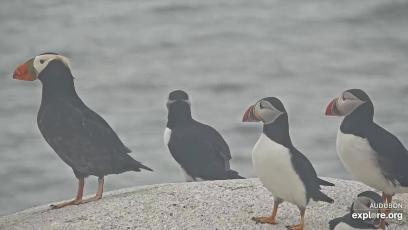
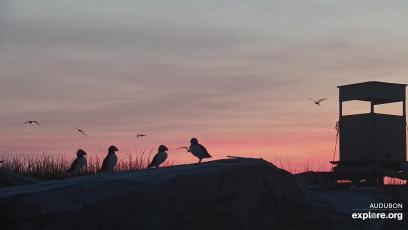
For additional news, please visit the Seabird Island News index page.
Learn about birds and take action
Adopt-A-Puffin
Adopt now and receive: A Certificate of Adoption, A biography of "your" puffin, and The book How We Brought Puffins Back To Egg Rock by Stephen Kress.
Visitor Center
The Project Puffin Visitor Center (PPVC) is located at 311 Main Street in downtown Rockland, Maine. The center opened its doors officially on July 1, 2006.


